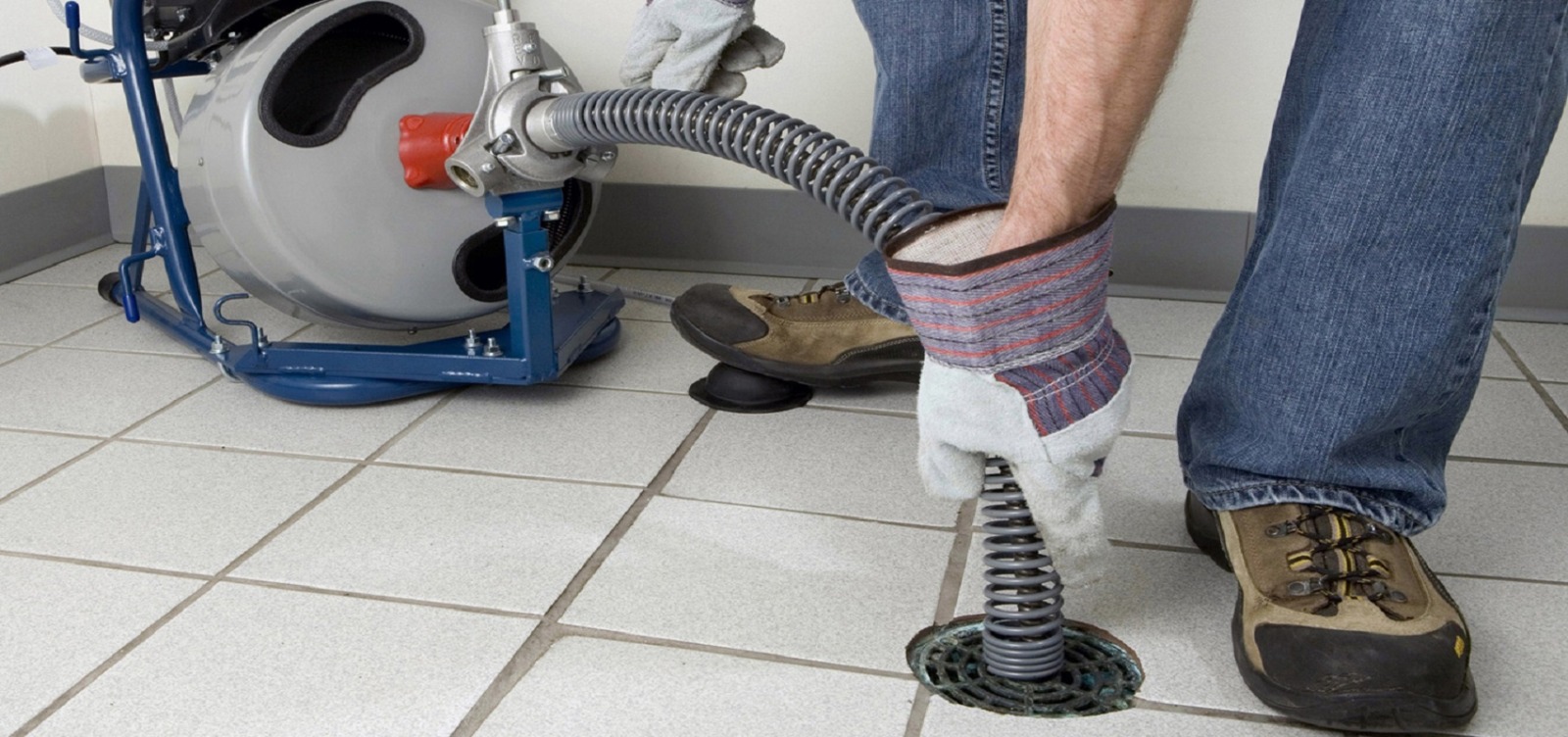Chemical drain cleaners are a popular and effective solution for clearing clogged or slow-running drains as part of regular plumbing maintenance. These products often promise quick and hassle-free results, making them an attractive option for homeowners and professionals alike. However, their chemical composition, which is designed to dissolve hair, grease, and other common blockages, can also pose significant risks to health, safety, and the environment. Incorporating chemical drain cleaners into a broader plumbing maintenance strategy requires understanding the different types of chemical drain cleaners available, such as caustic, oxidizing, and acid cleaners, each with its specific use case and safety considerations. Proper knowledge and precautions can mitigate the risks associated with these potent chemicals, ensuring they are used effectively and responsibly as part of a comprehensive plumbing maintenance routine.
Understanding the Risks
Before using chemical drain cleaners, it’s crucial to be aware of the risks they pose. These include:
Chemical Burns: Many drain cleaners contain harsh chemicals that can cause burns if they come into contact with skin or eyes. This risk is not only a concern during application but also if splashing occurs or if there is accidental exposure during the cleaning process.
Respiratory Issues: The fumes released by some chemical drain cleaners can be harmful if inhaled, leading to respiratory problems, irritation of the nose and throat, and in severe cases, more significant health issues.
Environmental Impact: Chemicals that go down the drain don’t just disappear; they can contribute to pollution in waterways, harming aquatic life and affecting water quality.
Damage to Plumbing: Certain types of chemical cleaners can also damage your plumbing over time, especially if used excessively or improperly. Older pipes, PVC pipes, or septic systems are particularly vulnerable to damage from the harsh chemicals found in some drain cleaners.
Awareness of these risks is the first step in safely handling chemical drain cleaners. It sets the stage for implementing best practices and safety precautions, ensuring that while the drains are cleared, health and safety are not compromised.
Choosing the Right Chemical Drain Cleaner
Selecting the appropriate chemical drain cleaner is pivotal to both the effectiveness of the treatment and the safety of its application. The key is to match the type of cleaner with the nature of the clog and the pipes in your home:
Caustic Cleaners: These cleaners contain substances like lye or caustic potash that generate heat to clear clogs. They’re effective for organic material by turning them into a soap-like substance that dissolves in water. However, they’re not suitable for use in toilets due to the risk of chemical reactions with other materials.
Oxidizing Cleaners: Oxidizing cleaners, containing substances like bleach, peroxides, and nitrates, release heat and gas to break down the clog. They are effective on organic debris and are known for their ability to kill bacteria and remove odors. Nevertheless, their reactive nature demands careful handling.
Acid Cleaners: The most potent among drain cleaners, acid cleaners can dissolve most clogs, including hair and grease. However, due to their high corrosivity, they are typically recommended for professional use only.
When choosing a cleaner, consider the material of your pipes (PVC, metal, etc.), the type of septic system you have, if applicable, and the nature of the clog. Always read and follow the manufacturer’s instructions to choose the most appropriate and safe product for your needs.
Safety Precautions When Using Chemical Drain Cleaners
Adhering to safety precautions can significantly reduce the risks associated with using chemical drain cleaners. Here are essential safety measures to follow:
Wear Protective Gear: Always wear gloves and goggles to protect your skin and eyes from splashes. Depending on the cleaner, using a face mask to avoid inhaling fumes might also be advisable.
Ensure Good Ventilation: Open windows and doors to ensure there is adequate airflow in the area where you’re working. This helps disperse harmful fumes and reduces the risk of respiratory irritation.
Read and Follow Instructions: Before using any chemical cleaner, thoroughly read the instructions on the label. This includes the recommended amount, application method, and safety warnings.
Use the Correct Amount: Using more cleaner than recommended won’t necessarily clear the clog faster and can increase the risks of chemical reactions, pipe damage, and health hazards.
Avoid Mixing Chemicals: Never mix different types of drain cleaners, as this can lead to dangerous chemical reactions. This includes avoiding the use of a chemical cleaner after a mechanical method has failed, without thoroughly flushing the plumbing system first.
Emergency Procedures: Be prepared for accidents by knowing how to flush your eyes or skin in case of contact with the cleaner, and have the number for poison control readily available.
By following these precautions, you can mitigate the risks associated with chemical drain cleaners, protecting both yourself and your plumbing system during the cleaning process.
Alternatives to Chemical Drain Cleaners
Considering the potential risks associated with chemical drain cleaners, exploring safer alternatives is a prudent approach. Many of these alternatives are not only safer for you and the environment but can also be equally effective in clearing clogs:
Boiling Water: Often, a simple pot of boiling water can clear grease clogs. The heat helps to melt the grease, allowing it to flow down the drain. This method is safe for most types of plumbing but should be used with caution on PVC pipes to avoid damaging them with excessive heat.
Baking Soda and Vinegar: A combination of baking soda and vinegar can create a fizzing action that helps to break down clogs. Pour a cup of baking soda followed by a cup of vinegar down the drain, wait for an hour, and then flush with hot water. This natural method is effective for minor clogs and regular maintenance.
Plunger: A plunger can be used to dislodge clogs without the need for chemicals. It’s particularly effective for toilets but can be used on sink and tub drains with the right technique.
Plumber’s Snake or Auger: A plumber’s snake or drain auger can physically remove clogs, making it a great option for more stubborn blockages. It involves a bit more effort but avoids the use of harmful chemicals.
Enzymatic Cleaners: Enzyme-based cleaners use natural bacteria to eat away at organic matter in the pipes. While slower acting, they are safer for the environment, your plumbing, and your health.
These alternatives not only minimize the exposure to hazardous chemicals but also reduce the environmental footprint associated with drain cleaning processes.
Conclusion and Best Practices Summary
Chemical drain cleaners offer a convenient solution to clog problems but come with significant risks that necessitate careful handling and consideration. By understanding these risks and taking appropriate precautions, you can safely use these products when necessary. However, remembering that prevention is the best approach to maintaining clear drains is essential. Regular maintenance and the use of safer alternatives can help avoid the need for harsh chemicals.
When chemical drain cleaners are your choice, always prioritize safety by wearing protective gear, ensuring good ventilation, and following the product’s instructions meticulously. Be mindful of the environmental impact and consider eco-friendly options when possible.
Ultimately, the key to effective and safe drain maintenance lies in a balanced approach combining regular preventive measures, the judicious use of chemical cleaners when needed, and the exploration of safer alternatives. This holistic approach ensures not only clear drains but also the well-being of individuals and the environment.




